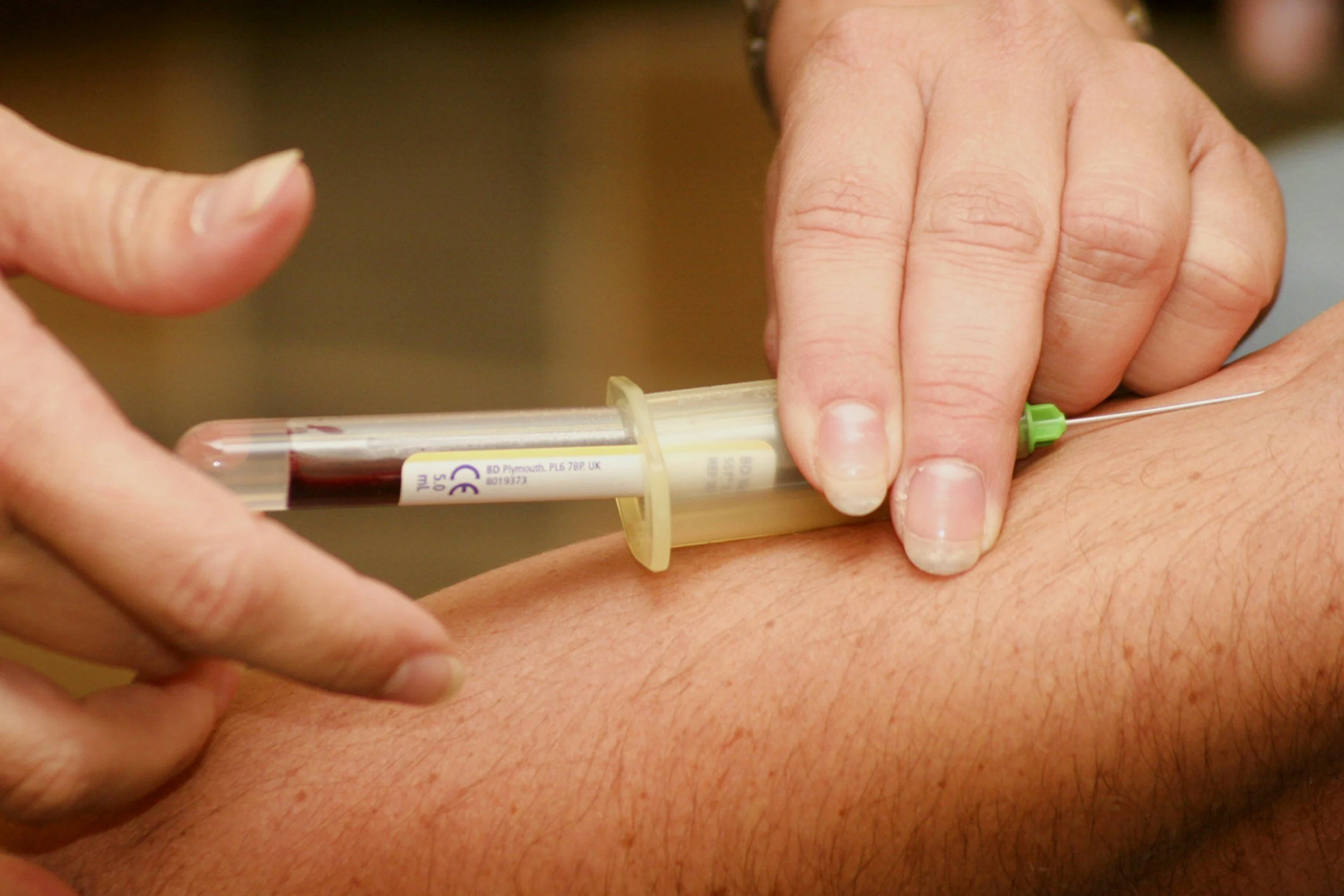
Biologics
Education
Biologics in Orthopedics
Biologics are advanced, non-surgical treatments that leverage the body’s own healing capacity to reduce inflammation, support tissue repair, and enhance recovery. They are commonly used in the treatment of tendon injuries, early arthritis, and to augment healing after orthopedic procedures.
While not a substitute for surgery in all situations, biologic therapies can play an important role in personalized, evidence-informed musculoskeletal care.
Common Biologic Treatments
Platelet-Rich Plasma (PRP)
Prepared from your own blood through a simple blood draw and centrifugation.
The resulting concentration of platelets is injected into the injured area to deliver growth factors that promote healing and reduce inflammation.
Common applications:
Tendonitis (e.g., lateral epicondylitis, patellar tendinopathy)
Mild to moderate osteoarthritis
Partial tendon or ligament injuries
2. Bone Marrow Aspirate Concentrate (BMAC)
Harvested from the back of the pelvis (iliac crest) and processed to isolate a mixture rich in connective tissue progenitor cells, growth factors, and signaling molecules.
Injected into joints or soft tissues to support repair and modulate inflammation.
Often used in:
Moderate arthritis
Adjunct to surgical procedures (e.g., rotator cuff repair, cartilage repair)
3. Adipose-Derived Cell Therapies
Fat tissue is harvested, typically through a minimally invasive liposuction technique, then processed to concentrate cellular and structural components.
Contains connective tissue progenitor cells, pericytes, and extracellular matrix proteins that may support soft tissue healing.
Clinical applications remain under investigation, and regulatory guidelines continue to evolve.
How Biologics Work
Biologic therapies aim to:
Modulate inflammation at the site of injury or degeneration
Promote tissue healing and remodeling
Potentially delay the need for surgery in some degenerative conditions
Enhance biologic integration and healing when used during surgery
Who Might Benefit from Biologics?
Biologic treatments may be considered for:
Tendon or ligament injuries not responding to traditional treatment
Mild to moderate osteoarthritis in active individuals
Patients seeking to delay surgery or reduce post-operative inflammation
Enhancing recovery following procedures like rotator cuff or meniscus repair
Important Considerations
Biologic treatments are often not covered by insurance and may involve out-of-pocket expenses.
Not all conditions respond equally—careful patient selection and realistic expectations are key.
These treatments are best used as part of a broader treatment strategy guided by imaging, clinical evaluation, and shared decision-making.
Conclusion
Biologics offer a promising approach to orthopedic care by using your body’s own biology to aid healing and manage symptoms. While not a cure-all, they can be a valuable tool in both nonoperative and postoperative recovery—especially when guided by the latest evidence and individualized patient goals.
If you’re interested in biologic treatment options, we’ll work with you to determine if it’s appropriate for your condition and develop a comprehensive, personalized care plan.

